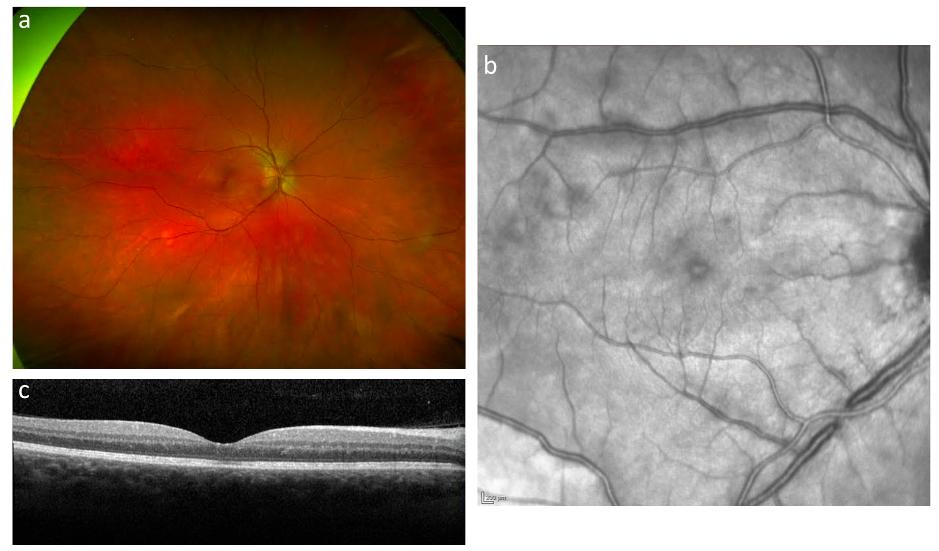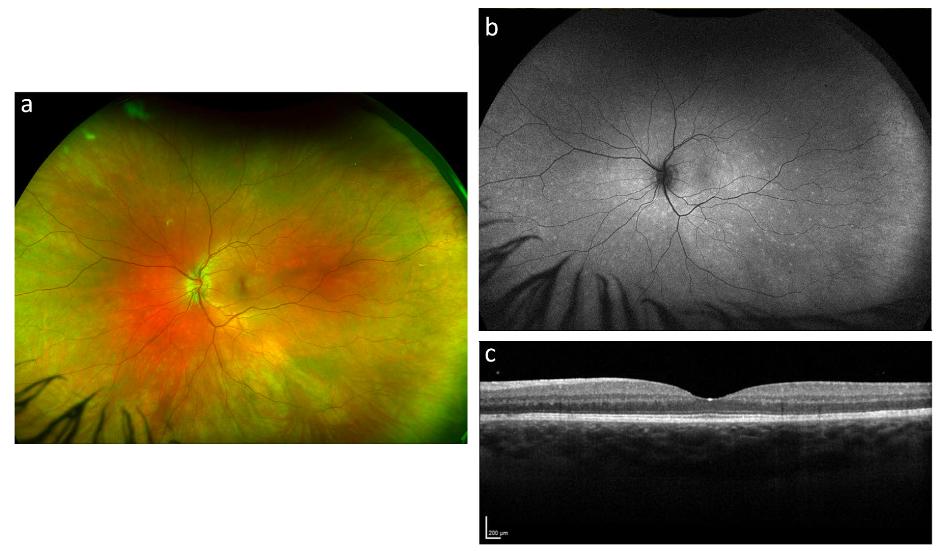Scientists from New Zealand have uncovered the first case of a rare eye disease linked to both the COVID-19 vaccine and the virus itself, a new study published in the Journal of Ophthalmic Inflammation and Infection reveals.
An otherwise healthy 28-year-old patient was diagnosed with multiple evanescent white dot syndrome (MEWDS) after complaining of vision problems just two days after receiving her second dose of the Pfizer-BioNTech vaccine.
The woman’s symptoms included dark blind spots, phantom light flashes, and overall decreased vision—all specific to her right eye.

After three months and without treatment, vision in the woman’s right eye returned to normal, and all other symptoms subsided.
One year later, the woman showed similar symptoms and was once again diagnosed with MEWDS, but this time, it was in her left eye. Symptoms emerged seven days after she had tested positive for COVID-19, leading researchers to suspect a link between the two events.
Similar to the first instance, no treatment was required, and symptoms resolved after nine months.

What Is MEWDS?
MEWDS, which dates to 1984, is considered an idiopathic inflammatory disease of the outer retina that occurs spontaneously and without concrete explanation, according to the study. It’s thought to be an autoimmune response.
- Visual disturbances such as flashes of light.
- Sudden, painless decline in central acuity in one eye.
- Partial color blindness.
It can be bilateral in some cases.
The multiple white dots in the retina usually disappear after the acute phase of the disease, hence the name “evanescent.” Recurrences of MEWDS are rare.
Treatment for the disease is often unnecessary, and most patients recover in weeks to months.
Other Case Studies
This isn’t the first time that a patient was diagnosed with MEWDS after receiving the COVID-19 vaccine. A 2022 study found that a 31-year-old female was diagnosed with the syndrome when she presented similar symptoms two weeks after her second dose of the Moderna vaccine. A year later, she was diagnosed with MEWDS again after getting a second Moderna booster.
“There have been 15 reported cases of MEWDS following COVID-19 vaccination and at least 3 following COVID-19 infection,” the authors of the Journal of Ophthalmic Inflammation and Infection study wrote.
However, the 28-year-old woman’s case is the first instance of recurrent MEWDS following both COVID-19 vaccination and subsequent infection, the authors said, urging practitioners to be on the lookout for more.
“It would be prudent for clinicians to monitor susceptible patients, especially those who have had [inflammation] following COVID-19 vaccine, to be monitored for ocular disease in the event of subsequent COVID-19 infection,” the authors concluded.











